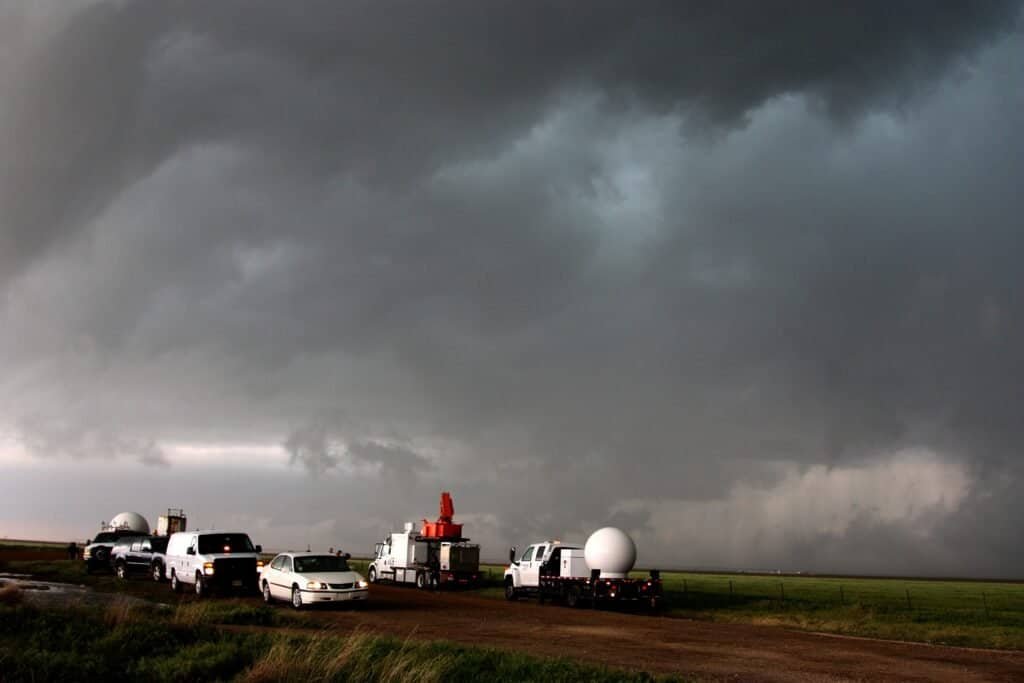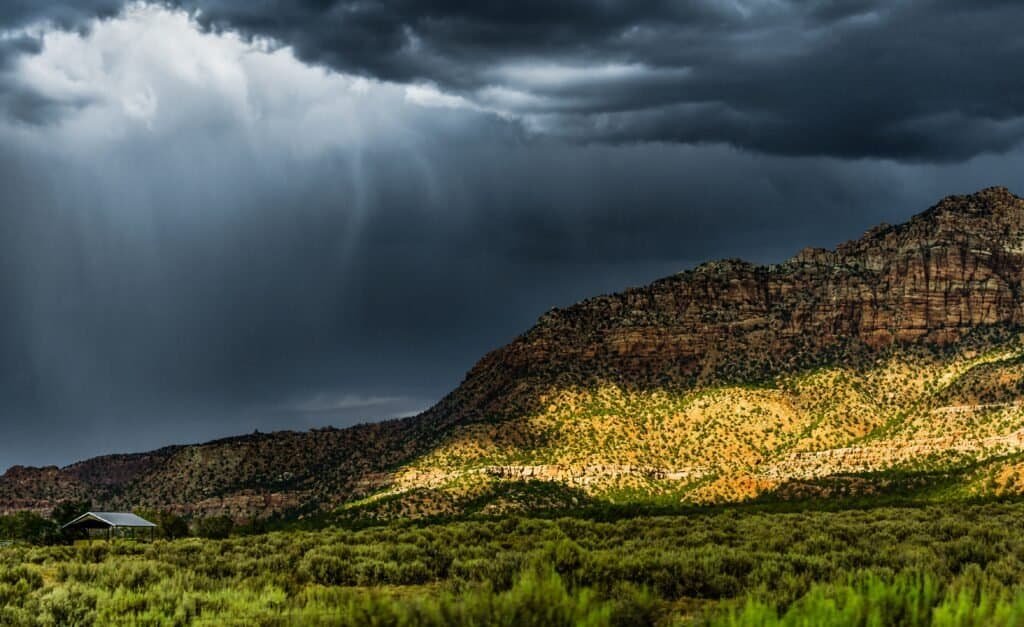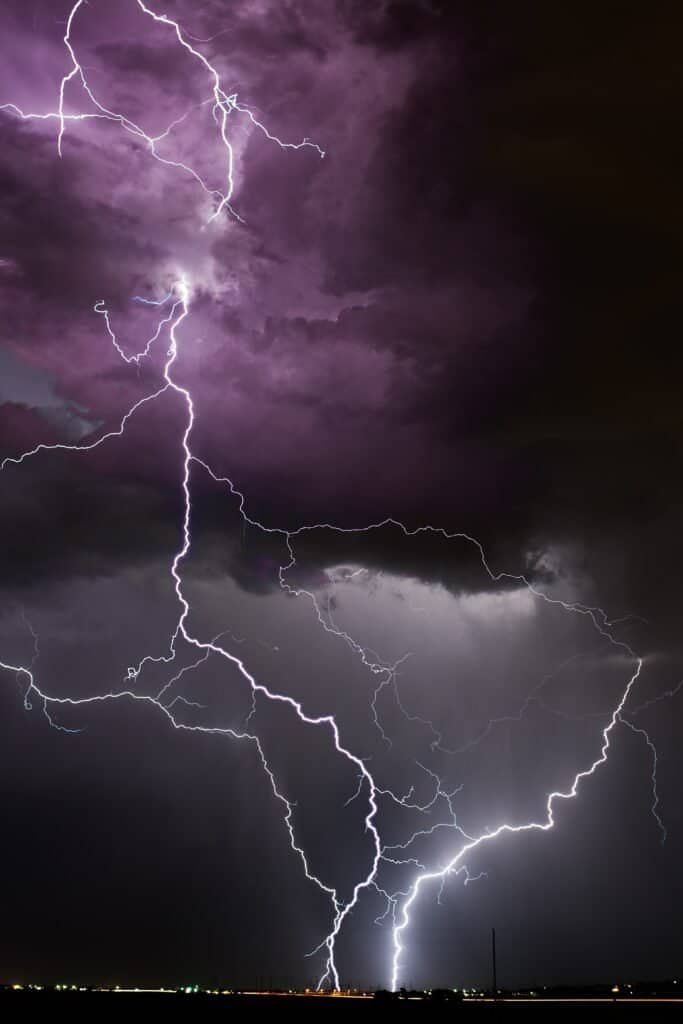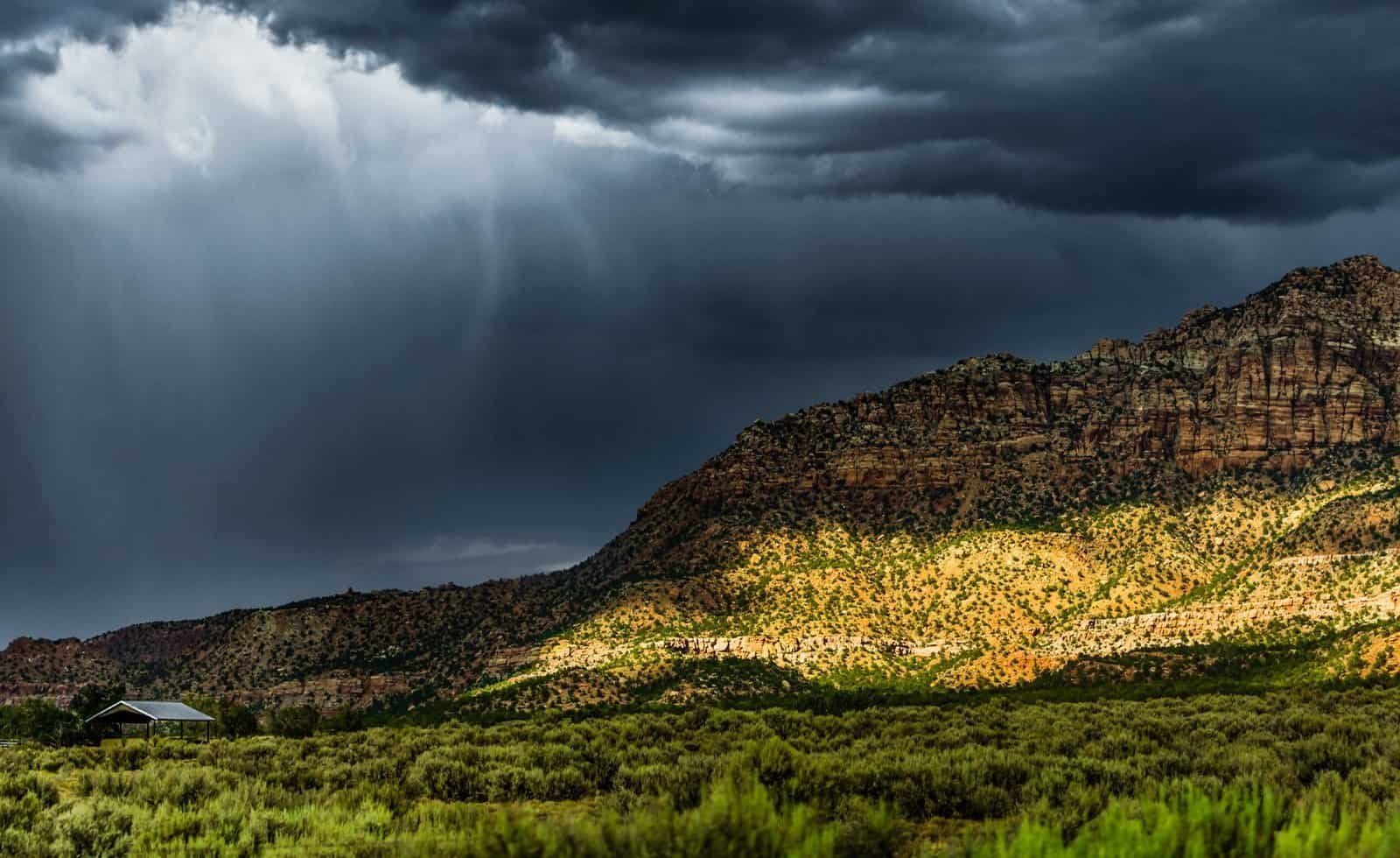This article provides an overview of what to expect in the U.S. this winter in terms of the El Niño weather phenomenon. The National Oceanic and Atmospheric Administration (NOAA) has predicted a “strong” El Niño event, marking the first time in seven years that such a prediction has been made. El Niño is a weather cycle that occurs every two to seven years, characterized by warmer sea surface temperatures in the central and eastern equatorial Pacific Ocean. During an El Niño winter, the climate patterns in the U.S. vary significantly from the North to the South. This article explores the potential weather conditions, such as cool and wet conditions in the Southern U.S. and warmer-than-average temperatures in the Northern U.S., and discusses the uncertainties and potential impact of climate change on El Niño events.
El Niño Basics
Read more about the Latest Money News
What is El Niño?
El Niño is a weather phenomenon that is part of the El Niño/Southern Oscillation (ENSO) cycle. It occurs when warmer than normal sea surface temperatures develop in the central and eastern equatorial Pacific Ocean. This change in temperatures sets off a feedback loop with the atmosphere, leading to a chain of events that cause temperatures to rise even more. El Niño events usually take place every two to seven years and reach their peak intensities between December and April.
El Niño versus La Niña
El Niño and La Niña are opposite phases of the ENSO cycle. While El Niño is characterized by warmer than normal sea surface temperatures, La Niña is characterized by colder than normal sea surface temperatures in the central and eastern equatorial Pacific Ocean. The impacts of El Niño and La Niña on weather patterns are different, with El Niño leading to cooler and wetter conditions in the Southern U.S., and La Niña leading to drier conditions in the Pacific Northwest and Ohio Valley regions.
Frequency and intensity of El Niño events
El Niño events occur on a regular basis, with a frequency of every two to seven years. However, each El Niño event is unique in its intensity and impact on weather patterns. Some El Niño events are stronger than others, and their effects can vary depending on factors such as ocean temperature patterns and atmospheric conditions. Understanding the frequency and intensity of El Niño events is important for predicting weather patterns and preparing for potential impacts.

Read more about the Latest Money News
Feedback loop and its impact on climate
The feedback loop between warmer sea surface temperatures and the atmosphere plays a crucial role in the development and intensification of El Niño events. As sea surface temperatures rise during an El Niño event, trade winds weaken, leading to further warming of the ocean. This warming affects atmospheric circulation patterns and can cause changes in weather patterns globally. The impact of the feedback loop on climate can vary, but it often leads to significant changes in temperature and precipitation patterns.
Past El Niño Winters in the U.S.
2018/19 El Niño winter
The most recent El Niño winter occurred in 2018/19 and was classified as a weak El Niño event. Despite its classification, it still had noticeable effects on weather patterns in the U.S. During this winter, the Southern U.S., from Southern California through the Southeast, experienced cool and wet conditions. The Pacific Northwest and Ohio Valley regions, on the other hand, experienced drier-than-average conditions. The Northern tier of the U.S. was warmer than average.
2015/16 historic El Niño winter
The 2015/16 El Niño winter was one of the strongest El Niño events in known history. It holds the record as the warmest winter for the U.S. mainland. This El Niño event brought extreme storms and significant changes in weather patterns. In January 2016, a deadly blizzard buried the East Coast in heavy snowfall. The impacts of this historic El Niño winter highlight the potential for severe weather events during strong El Niño events.
Expected Weather Conditions in the U.S.

Southern U.S. (Southern California to Southeast)
During the upcoming El Niño winter, the Southern U.S., from Southern California to the Southeast, is expected to experience cool and wet conditions. These regions are likely to see above-average precipitation and lower temperatures compared to normal. These conditions can have implications for agriculture, water resources, and overall climate patterns in the region.
Pacific Northwest and Ohio Valley region
The Pacific Northwest and Ohio Valley region are expected to experience drier-than-average conditions during the upcoming El Niño winter. This means that these regions may see below-average precipitation and potentially warmer temperatures. These conditions can impact water resources, agriculture, and overall climate patterns in the affected areas.
Northern U.S. (Northern Plains)
The Northern U.S., particularly the Northern Plains region, is likely to experience warmer than average temperatures during the El Niño winter. This means that these areas may see milder winter conditions compared to normal, with less snowfall and potentially higher temperatures. These conditions can impact agriculture, winter sports, and overall climate patterns in the Northern U.S.

Montana and Wyoming
Montana and Wyoming, located in the Northwest and Mountain regions, are expected to experience drier conditions during the upcoming El Niño winter. This means that these areas may see below-average precipitation and potentially warmer temperatures. These conditions can have implications for water resources, agriculture, and overall climate patterns in these regions.
ENSO Outlook
Forecasted duration of El Niño
According to NOAA’s most recent ENSO Outlook, the expected duration of the upcoming El Niño event is from January to March 2024. This forecast provides a general timeline for the occurrence of El Niño conditions and allows for preparations and planning in various sectors that may be affected by these conditions, such as agriculture, water management, and disaster response.
Probability of a strong El Niño winter
There is a 71% chance that the upcoming El Niño event will peak as a strong El Niño winter. This classification indicates an increased probability of certain extreme weather events. Specifically, there is a higher chance of experiencing atmospheric rivers, which can lead to heavy rain and mountain snowfall in the Southern U.S. Meanwhile, the Pacific Northwest and Ohio Valley regions are more likely to experience drier conditions. The Southern U.S. may also see colder conditions towards late winter and early spring, while the Northern U.S. could experience warmer conditions.
Expectations for atmospheric rivers and extreme rain/snow
As mentioned earlier, a strong El Niño winter is associated with an increased probability of atmospheric rivers, which can result in extreme rain and snowfall. These atmospheric rivers are moisture-laden air streams that can transport large amounts of precipitation over vast areas. During a strong El Niño winter, the entire Southern U.S., from Southern California through the Southeast, is more likely to experience these atmospheric rivers, leading to heavy rain and mountain snowfall. This can have significant implications for flooding, water resources, and winter weather conditions.
Uncertainty in El Niño Impacts
Difficulty in predicting impacts
It is important to note that predicting the exact impacts of an El Niño event is challenging. While scientists can provide general expectations based on historical data and model simulations, there are always uncertainties involved. The intensity and specific weather patterns associated with each El Niño event can vary, making it difficult to predict the exact impacts on different regions. This uncertainty highlights the need for ongoing monitoring and research to improve our understanding of El Niño and its effects.
Comparison to previous El Niño events
Comparing the upcoming El Niño event to previous El Niño events can provide some insights into potential impacts. However, it is important to remember that each El Niño event is unique, and the impacts can vary. The most recent El Niño winters in 2018/19 and 2015/16 had different intensities and effects on weather patterns in the U.S. The upcoming El Niño event may exhibit similarities or differences compared to these previous events. Monitoring and studying these patterns can help improve our understanding of El Niño and its impacts.
El Niño and Climate Change
Possible connection between global warming and El Niño activities
Scientists are actively investigating the possible connection between global warming and El Niño activities. Some recent research suggests that global warming may make El Niño and La Niña events stronger and more frequent. While El Niño events themselves may not change, the way that the weather interacts with tropical Pacific conditions could be altered. For example, studies indicate that the atmospheric circulation response to El Niño in the North Pacific may strengthen and shift eastward under global warming. This potential alteration of El Niño impacts over the U.S. highlights the complex relationship between climate change and natural climate variability.
Potential alteration of weather impacts over the U.S.
If the impacts of El Niño change under global warming, it could have significant implications for weather patterns over the U.S. These alterations could affect temperature, precipitation, and extreme weather events. The specific changes in weather impacts are still being studied, and more research is needed to fully understand how climate change may influence El Niño and its effects. Understanding the potential alterations of weather impacts is crucial for adapting and mitigating the risks associated with climate change.
Conclusion
As we approach the upcoming El Niño winter, there is anticipation and uncertainty about its impacts on weather patterns in the U.S. El Niño events are a natural part of the climate system and occur regularly. Understanding El Niño basics, past El Niño winters, and expected weather conditions can help us prepare for potential impacts. However, there are still uncertainties in predicting the exact impacts and how climate change may alter El Niño patterns. Continued research and monitoring are necessary to improve our understanding of El Niño and its connection to climate change. By enhancing our knowledge, we can better prepare for potential weather extremes and make informed decisions regarding climate resilience and adaptation strategies.











